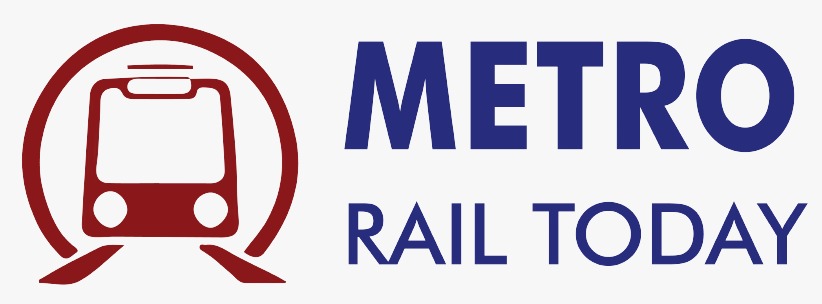 Dr. Vinod Shah appointed First Director General of the Chamber of Railway Industries
Dr. Vinod Shah appointed First Director General of the Chamber of Railway Industries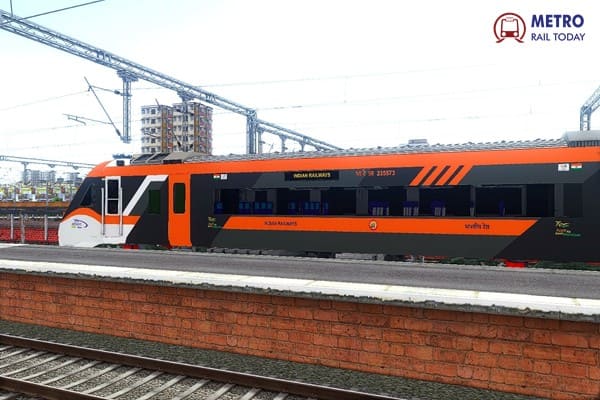 Indian Railways to run Namo Bharat Rapid Rail connecting Indore and Ujjain ahead of Simhastha 2028
Indian Railways to run Namo Bharat Rapid Rail connecting Indore and Ujjain ahead of Simhastha 2028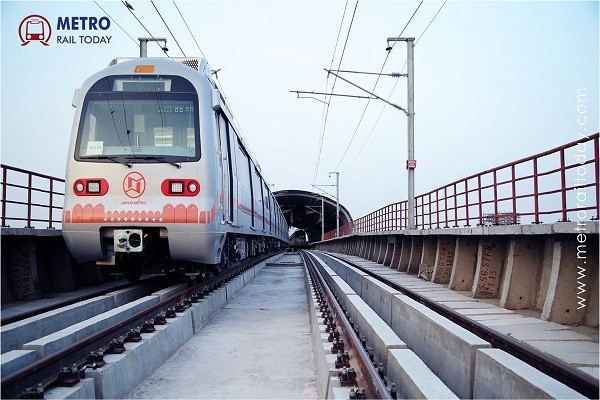 Jaipur Metro Phase 2 to link Airport Terminals, Promise faster Travel and stronger City connectivity
Jaipur Metro Phase 2 to link Airport Terminals, Promise faster Travel and stronger City connectivity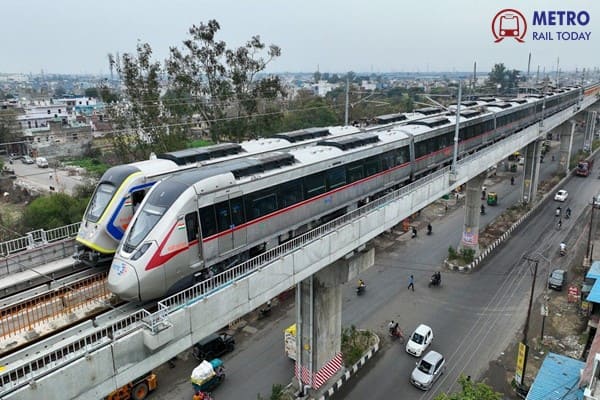 HMRTC proposes shared RRTS and Metro operations on Gurugram–Faridabad Metro corridor
HMRTC proposes shared RRTS and Metro operations on Gurugram–Faridabad Metro corridor India launches Chamber of Railway Industries (Rail Chamber) on Good Governance Day
India launches Chamber of Railway Industries (Rail Chamber) on Good Governance Day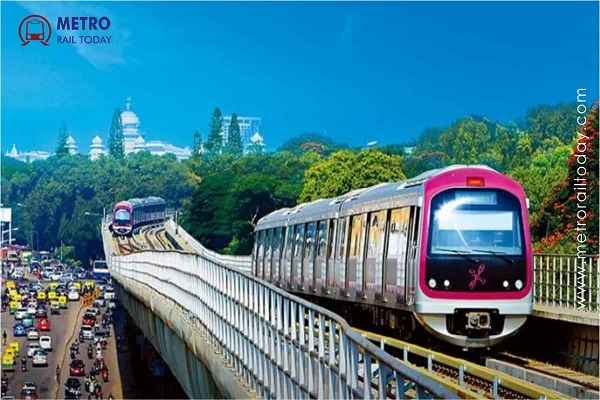 Bangalore Metro network gears up to grow from its current 96 km to 466 km by 2035
Bangalore Metro network gears up to grow from its current 96 km to 466 km by 2035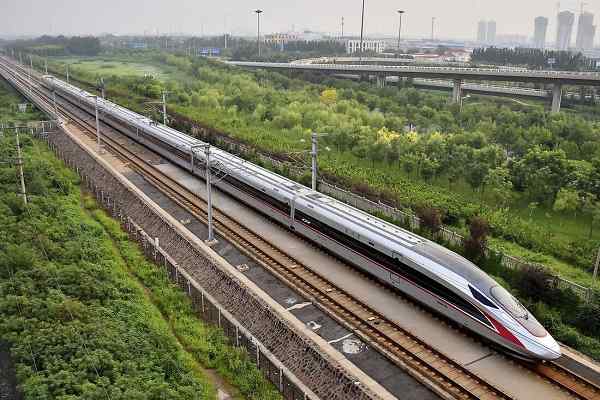 South Korea unveils EMU-370, Set to come World’s Second Fastest High-Speed Train
South Korea unveils EMU-370, Set to come World’s Second Fastest High-Speed Train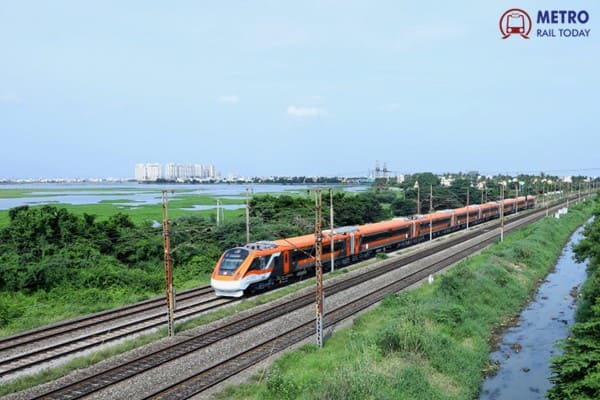 India plans record ₹1.3 Trillion Rail Safety Outlay for FY2026-27
India plans record ₹1.3 Trillion Rail Safety Outlay for FY2026-27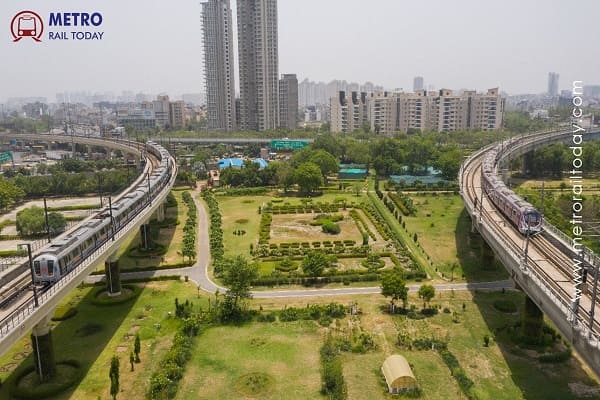 Govt. of India approves three new corridors worth ₹12,015 crore under Delhi Metro Phase V
Govt. of India approves three new corridors worth ₹12,015 crore under Delhi Metro Phase V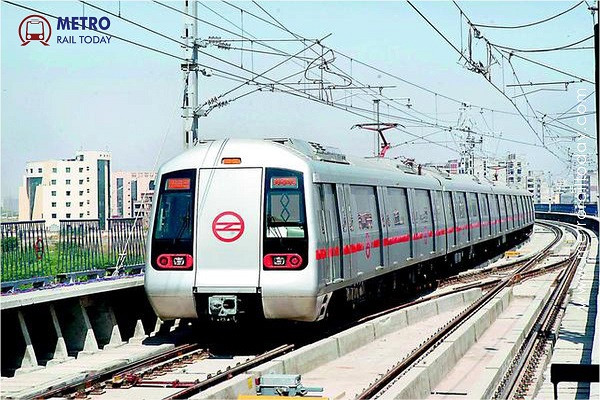 Delhi Metro completes 23 glorious years in public transport service in Delhi-NCR
Delhi Metro completes 23 glorious years in public transport service in Delhi-NCR
The Future of Railway Signalling: A Strategic Technology Roadmap Through 2040 and Beyond
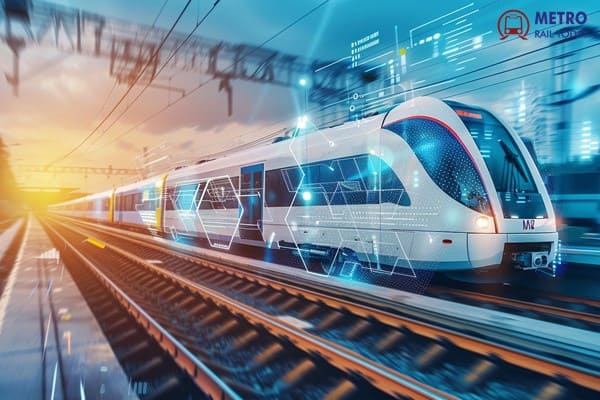
As global rail networks evolve in response to rapid urbanization, climate imperatives, and digital disruption, the railway signalling landscape is undergoing a profound transformation. From relay-based systems to AI-powered, self-healing networks, the coming decades promise a quantum leap in how railways manage train movement, safety, and efficiency. This article maps the key phases of this evolution—what’s happening now, what’s next, and what the long-term future may hold.
Current State (2020s): Digitalization in Full Swing
Today, the railway industry is completing its transition from legacy relay-based signalling systems to fully digital and electronic solutions. In Europe, the deployment of European Train Control System (ETCS) Level 2 continues to expand, forming the digital backbone of the Single European Railway Area. Countries like Germany and Switzerland have made significant progress, with Deutsche Bahn aiming for complete ETCS rollout on its core network by 2035.
Elsewhere, large rail systems in India and China are adopting indigenous train control systems such as India’s Train Collision Avoidance System (TCAS)—renamed Kavach—which has already been implemented on over 3,000 km of track as of 2024.
Simultaneously, fiber optic communication networks are replacing aging copper infrastructure, enabling high-speed, low-latency data transmission. Predictive maintenance powered by IoT sensors is helping operators detect track and equipment anomalies before they cause failures, reducing downtime and boosting safety.
Near-Term Evolution (2025–2030): Laying the Foundations for Intelligence and Autonomy
1. 5G-R Implementation: The Next-Gen Rail Communication Standard
The successor to GSM-R (Global System for Mobile Communications – Railway), 5G-R is expected to roll out across major rail corridors by 2030. With significantly greater bandwidth and ultra-low latency, 5G-R will power a range of advanced applications:
-
Real-time HD video monitoring of train interiors and platforms for security and passenger safety.
-
Augmented reality (AR) support for field technicians performing maintenance tasks.
-
Enhanced passenger services, including streaming, real-time journey updates, and connectivity.
China has begun testing 5G-R pilot projects on high-speed rail lines, and Europe has initiated the Future Railway Mobile Communication System (FRMCS) project to guide its transition.
2. Artificial Intelligence Integration: Smarter Operations
AI-powered analytics will increasingly be used to optimize traffic flow and predict system failures. Companies like Siemens Mobility and Alstom are already leveraging machine learning to fine-tune timetables and maintenance regimes. Expect:
-
Dynamic train rescheduling based on real-time conditions.
-
Predictive failure detection using historic and real-time data streams.
-
Optimized energy use via smarter traction power management.
3. Autonomous Train Operations (ATO): Towards GoA4
Fully autonomous trains—Grade of Automation 4 (GoA4)—have already seen success in closed metro systems like Paris Metro Line 14 and Singapore’s MRT. In the near term, mainline networks will begin adopting GoA4 for freight and low-traffic routes, supported by improved train control and sensor fusion.
Medium-Term Transformation (2030–2040): Distributed, Secure, and Space-Enabled Systems
1. Satellite-Based Train Control: Beyond the Track Circuit
Next-generation signalling will rely increasingly on GNSS (Global Navigation Satellite Systems) such as Galileo, GPS, and BeiDou for precise, real-time train positioning. This shift will:
-
Reduce dependence on expensive trackside equipment.
-
Enable moving block operations that allow trains to run closer together safely.
-
Support low-density or rural lines that are hard to wire for traditional systems.
Australia’s ARTC is already deploying satellite-based train control in the Advanced Train Management System (ATMS) project, a model for other countries.
2. Quantum Communication: Unbreakable Security
As cyber threats grow more sophisticated, signalling systems will adopt quantum key distribution (QKD) to ensure encryption that even quantum computers cannot break. Early trials of QKD in transport infrastructure are already underway in China and Europe, with rail as a key application due to its critical national importance.
3. Edge Computing: Processing Power at the Source
Instead of sending all data to a central control center, edge computing will enable trackside systems to make decisions locally. For example:
-
Automatic signal adjustments in response to local train delays or speed anomalies.
-
Rapid fault isolation and rerouting in case of equipment failure.
-
Reduced latency for safety-critical functions.
4. Blockchain for Railway Asset Management
Blockchain technology will offer tamper-proof records of component certification, maintenance history, and incident logs. This is vital in high-safety environments where auditability and transparency are crucial. Pilot projects in Europe and Japan have shown promise in securing signalling data and creating digital twins of rolling stock components.
Long-Term Vision (2040+): Toward an Autonomous, Cognitive Rail Ecosystem
1. Fully Integrated Mobility Networks
Signalling will no longer operate in isolation. In a Mobility-as-a-Service (MaaS) environment, rail will be part of a unified network with buses, metro, ride-shares, and autonomous shuttles. Traffic management systems will optimize entire journeys:
-
Coordinating signal priority for late-running connecting services.
-
Adjusting metro headways based on long-distance train delays.
-
Real-time rerouting of passengers across modes in case of disruptions.
2. Self-Healing Signalling Networks
AI-driven systems will monitor their own performance and automatically reconfigure around failures—much like modern cloud data networks. These systems will:
-
Detect anomalies via continuous learning models.
-
Reroute traffic in real time.
-
Adapt signalling priorities to changing traffic conditions and infrastructure health.
3. Cognitive Signalling Systems
The most futuristic phase involves cognitive signalling systems that understand, predict, and learn. These systems could:
-
Interpret contextual data such as weather, congestion, and passenger load.
-
Anticipate emergencies and adjust network behavior proactively.
-
Learn from near-misses and disruptions, evolving over time without explicit reprogramming.
Conclusion: Charting the Path Ahead
The railway signalling landscape is set to transform from electromechanical logic to intelligent, context-aware digital systems. This transformation will not only enhance safety and capacity but also redefine how rail integrates into broader mobility ecosystems.
Railway operators, technology providers, and regulators must now prepare for a future where digital infrastructure is as critical as physical rails, and where trains don’t just move on time—they think, learn, and adapt.
